Echinodorus “Rubin”
Scientific name: Echinodorus “Rubin”
Family: Alismataceae
Maximum size reached under cultivation: 30 - 50 cm (11.81 - 19.69 inch)
014
Recommended pH range: 6.5 - 7.5
Recommended water hardness: 4 - 18°dGH (71.43 - 321.43ppm)
0°C 32°F30°C 86°F
Recommended temperature range: 17 - 27 °C (62.6 - 80.6°F)
Preferred propagation method: Runners
Native to: Cultivated form / Hybrid
Growth rate: Normal
Recommended substrate: Fine gravel
Lighting requirements: Bright
Ideal placement in tank: Midground
Common Name
Rubin Sword
Origin
Echinodorus “Rubin” is a cultivated hybrid, created by crossing Echinodorus horemanii ‘Red’ with Echinodorus ‘Barthii’. As a result, it does not occur in the wild. It was specifically developed for use in aquariums, where it is valued for its decorative red foliage and resilience.
Growing Conditions
This plant thrives in fully submerged conditions and can also grow emersed in high-humidity environments such as paludariums or commercial nurseries. When grown submerged in aquariums, it produces broad, reddish to wine-colored leaves that make it a standout midground feature.
Echinodorus “Rubin” prefers bright lighting and a nutrient-rich substrate. Although a CO2 system is not essential, it significantly enhances growth and intensifies the red coloration of the leaves. The plant grows best in water temperatures between 17 - 27 °C (62.6 - 80.6°F), with a pH of 6.5 to 7.5 and hardness levels ranging from 4 - 18 dGH.
Planting Area
With a height of 30 - 50 cm (11.81 - 19.69 inches), Echinodorus “Rubin” is best suited for the midground of large aquariums or as a focal point in medium-sized tanks. When planted in groups, it creates a stunning contrast against green foliage. Leave enough space for the rosette to expand outward.
Propagation
Echinodorus “Rubin” reproduces through runners that emerge from the base of the mother plant. These runners produce adventitious plantlets, which can be left attached until they develop roots. Once rooted, the young plants can be separated and replanted. Propagation is easy under proper care, and the plant may also flower in emersed conditions, although seed propagation is rarely used in home aquaria.
Difficulty
This plant is of medium difficulty to grow. While it is relatively undemanding, it requires adequate space, bright light, and regular nutrient supplementation to maintain its vivid coloration. Occasional trimming of older leaves and the addition of iron-based fertilizers will help maintain its health and visual appeal.
Short Description
Echinodorus “Rubin”, commonly known as Rubin Sword, is a popular aquarium hybrid prized for its vibrant red leaves and elegant rosette shape. It grows well in submerged conditions, requires bright light, and benefits from a nutrient-rich substrate and CO2 supplementation. Suitable for midground placement, it can serve as a stunning centerpiece or be grouped with other sword plants for a bold aquascape. With the right care, this cultivar is both hardy and visually rewarding.
Frequently Asked Questions
-
Why are the leaves of my Echinodorus “Rubin” turning green instead of red?
This usually indicates insufficient lighting or lack of nutrients, especially iron. Increase light intensity and consider adding an iron-rich fertilizer to enhance the plant's red coloration. -
Does Echinodorus “Rubin” require CO2 injection?
While it can grow without CO2 supplementation, using CO2 significantly improves growth speed and intensifies coloration. It's highly recommended in high-tech setups. -
Can this plant be grown in low-light aquariums?
Echinodorus “Rubin” will survive in low light, but the red coloration will fade and growth will be slower. For best visual results, provide bright lighting. -
How often should I trim Echinodorus “Rubin”?
Trim only when older leaves begin to yellow or when the plant outgrows its space. Unlike fast-growing stem plants, swords grow slower and don’t require frequent pruning. -
Is Echinodorus “Rubin” suitable for small tanks?
It’s better suited for medium to large tanks. In smaller aquariums, it may outgrow the space quickly and overshadow other plants. -
How do I propagate Echinodorus “Rubin”?
This plant propagates through runners that develop small plantlets. Wait until the plantlets form roots, then cut and replant them in nutrient-rich substrate.
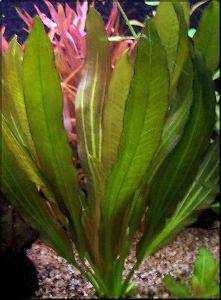
 Echinodorus “Ozelot”
Echinodorus “Ozelot”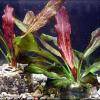 Echinodorus “Red Flame”
Echinodorus “Red Flame”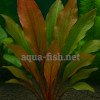 Echinodorus “Red Special”
Echinodorus “Red Special” Echinodorus “Tricolour”
Echinodorus “Tricolour”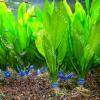 Echinodorus amazonicus
Echinodorus amazonicus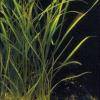 Echinodorus angustifolius
Echinodorus angustifolius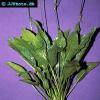 Echinodorus bleheri
Echinodorus bleheri Echinodorus cordifolius
Echinodorus cordifolius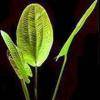 Echinodorus grandiflorus
Echinodorus grandiflorus Echinodorus horemanii
Echinodorus horemanii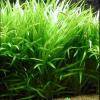 Echinodorus latifolius
Echinodorus latifolius Echinodorus macrophyllus
Echinodorus macrophyllus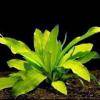 Echinodorus major
Echinodorus major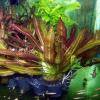 Echinodorus osiris
Echinodorus osiris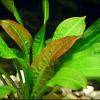 Echinodorus parviflorus
Echinodorus parviflorus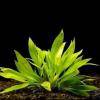 Echinodorus quadricostatus
Echinodorus quadricostatus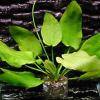 Echinodorus schlueteri
Echinodorus schlueteri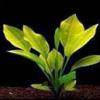 Echinodorus subalatus
Echinodorus subalatus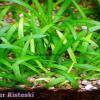 Echinodorus tenellus
Echinodorus tenellus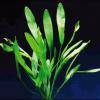 Echinodorus uruguayensis
Echinodorus uruguayensis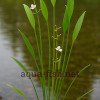 Sagittaria graminea
Sagittaria graminea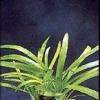 Sagittaria platyphylla
Sagittaria platyphylla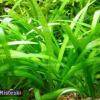 Sagittaria subulata
Sagittaria subulata